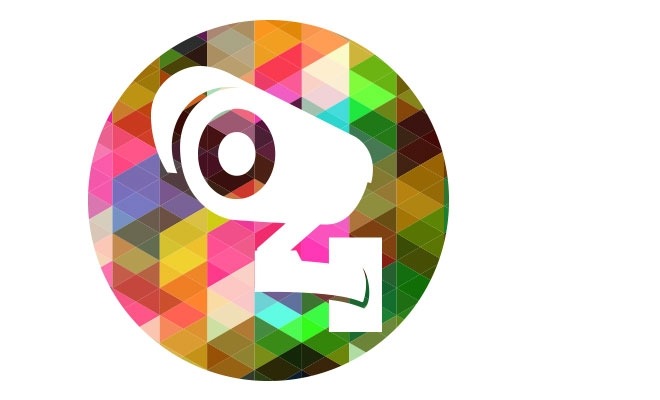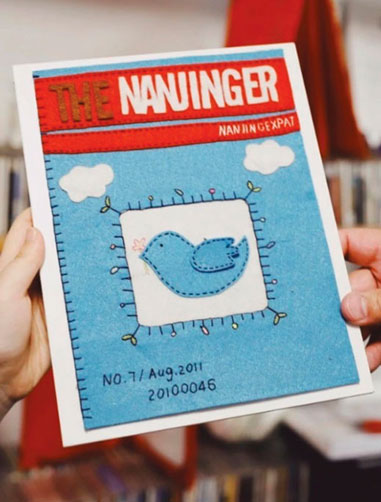Some days it’s hard not to envy the “baoan” (security guard) where I live as I heave tearing plastic bags up seven flights to my flat. Sat with his flask, filled as much with tea leaves as water, he snoozes peacefully, head on hand with his eyes convincingly aligned to the surveillance screen.
While he sits there not watching the CCTV, it is possible, however, that someone else is. I don’t mean his boss or even his colleague; that person could be a teenager in Sichuan, or perhaps your neighbour. It could be you or me.
This strange phenomenon where anyone can watch live footage from millions of cameras across China is thanks to the curious popularity of websites like Shuidi. You can simply connect a camera to stream live onto the website and anyone with Internet can watch. It’s like a panda cam, except in noodle shops, swimming pools, monasteries or at road intersections.
China is one of the most highly monitored countries in the world. The government alone, according to a report in the Telegraph, has installed over 30 million cameras across the country. Cameras are also being utilised in the rapid development of face recognition technology, which will soon be used in Nanjing to catch and humiliate jaywalkers at busy crossings.
But where is the attraction for ordinary people in watching this mostly mundane footage? Some choose to use it purposefully like a YouTube channel, while others find it a handy way to keep an eye on business when they’re away from their shop or restaurant. Even for China’s contemporary artists it holds value, and for Xu Bing, it is just what he has been waiting for.
Known for his thought provoking artworks that cut to the core of contemporary Chinese issues, Xu Bing was forced to stop one of his projects in 2013 due to legal complications in acquiring and using the material he needed; surveillance footage.
The artist planned to make a feature film entirely from clips of real life woven together into a fictional narrative. It was not until the appearance of streaming websites in 2015 that he and his 12 assistants could begin the painstaking task of gathering and sifting through over 10,000 hours of footage, selecting snippets to form the 80-minute feature “Dragonfly Eyes” (Qing Ting Zhi Yan).
The story follows a girl named Dragonfly who trades in a life at a monastery to work for a high tech dairy farm where she meets the unstable Ke Fan. Like any dysfunctional relationship in Chinese soap operas, it’s highly dramatic and the trailer alone packs in hair-raising scenes of car crashes, an exploding aircraft and a man getting struck by lightening.
While seemingly depicting a fictitious story, the footage shows true events from real people’s lives thus dancing on the verge between fiction and reality. Sometimes highly pixelated video clips act as a chilling reminder that what you are watching actually happened and that every day we are under the watchful eyes of Big Brother. It is not a documentary, but neither is it solely fiction.
The film is made without actors or a crew; only unassuming participants with each character made up of several true individuals captured on film across a non-linear period of time. A voiced over dialogue gives consistency to the main characters but the script itself is governed by what clips could be found in the most unconventional method of film making.
I’m glad my baoan makes good use of his time because more often than not, surveillance footage is inexplicably boring. It is the ability, however, of cameras to capture something unexpected or useful that gives them purpose. In Dragonfly Eyes, Xu Bing does the hard work for us in his landmark film that is intriguing both in plot and concept.











